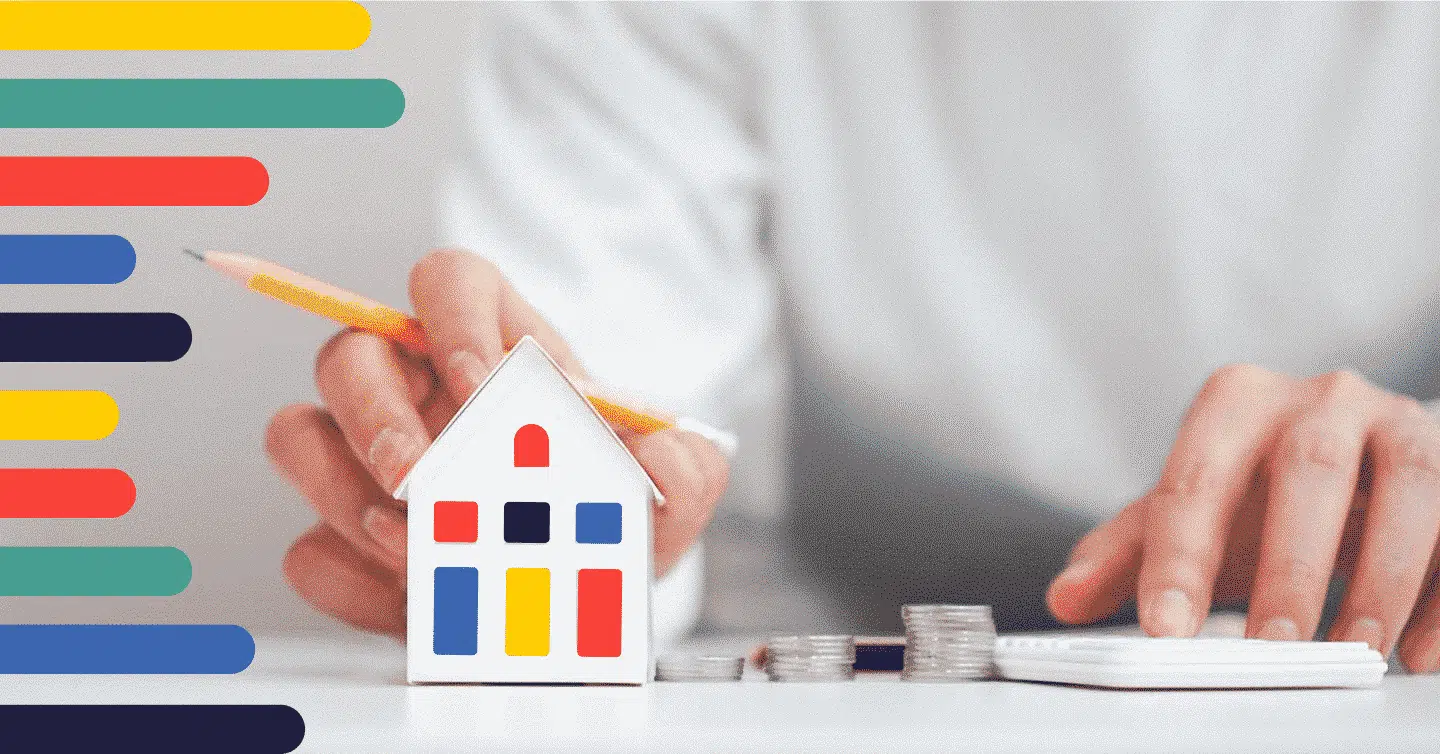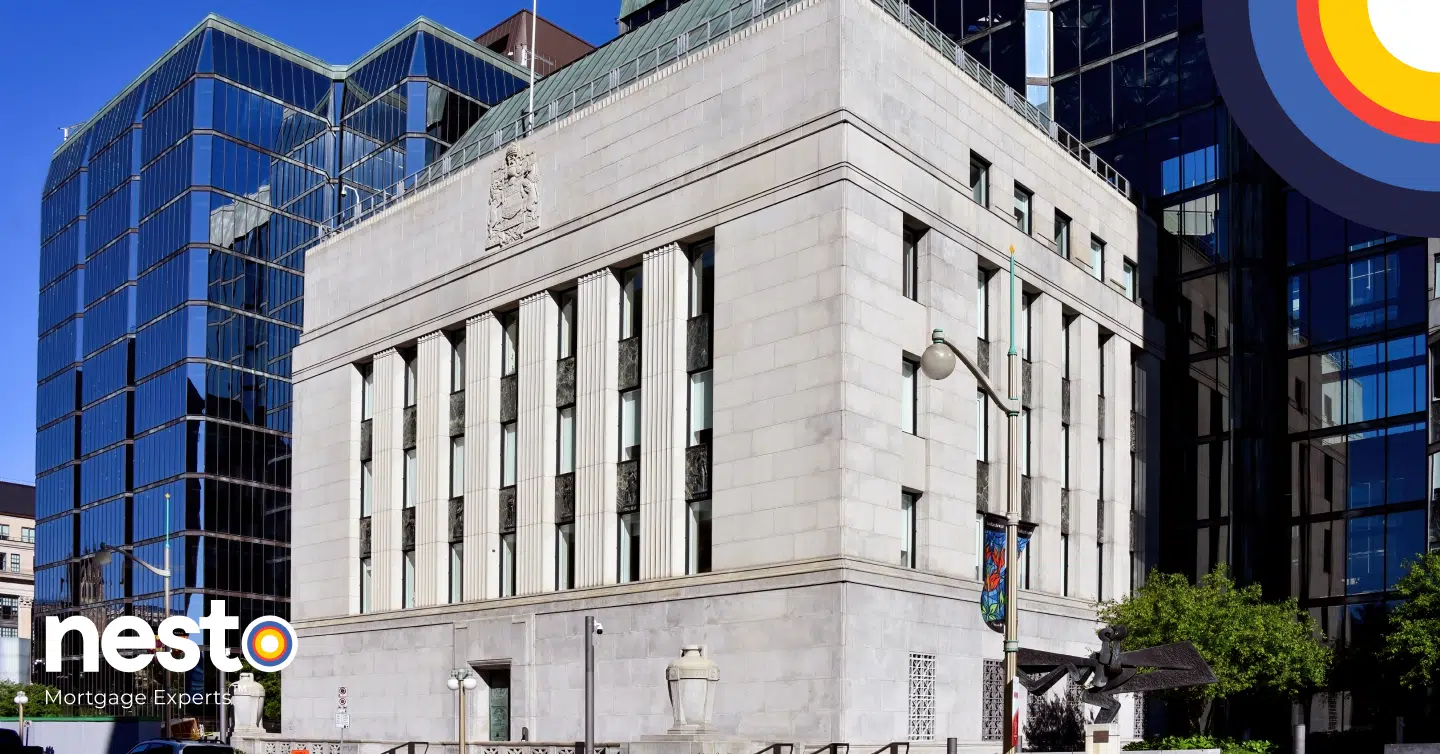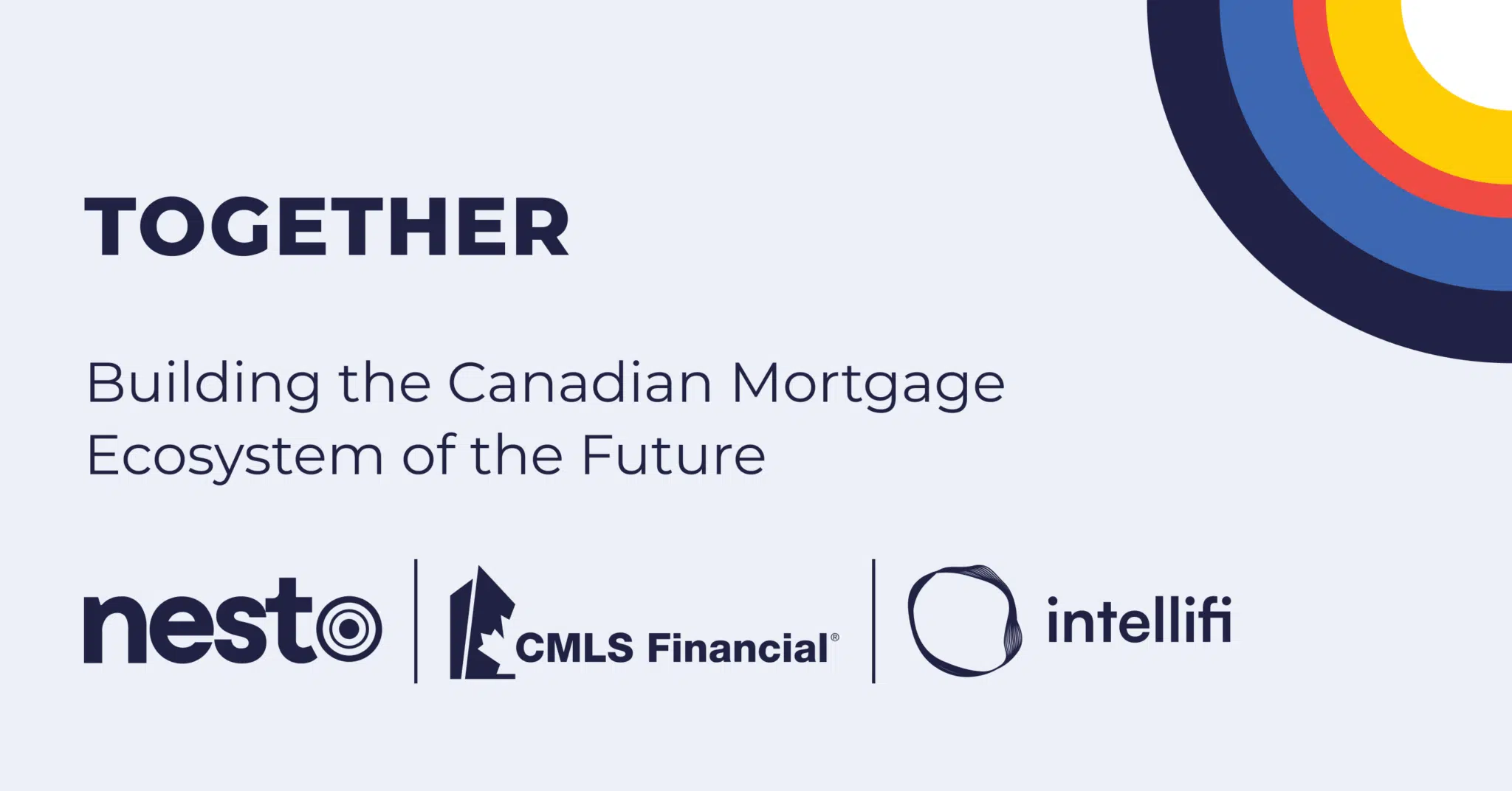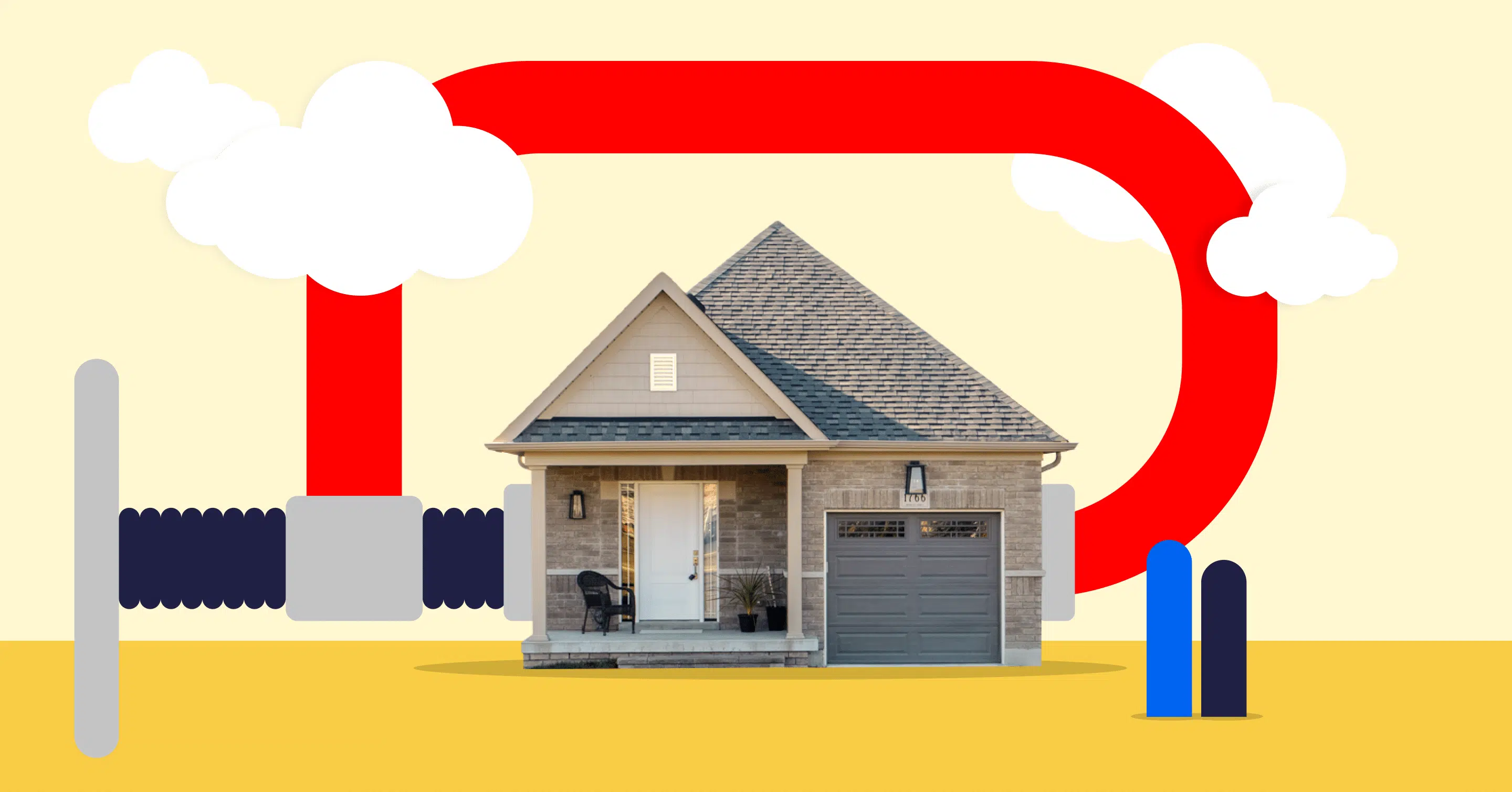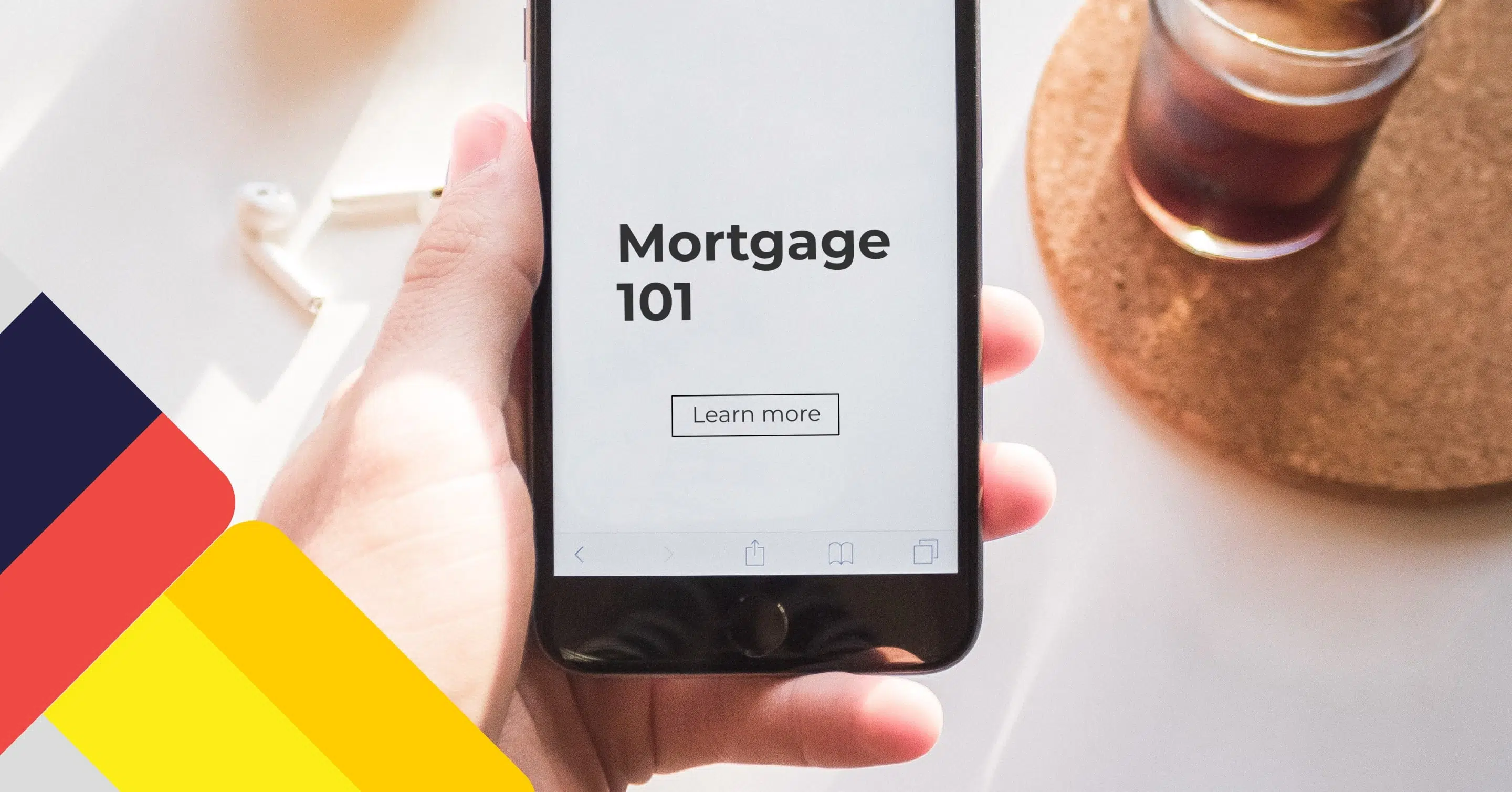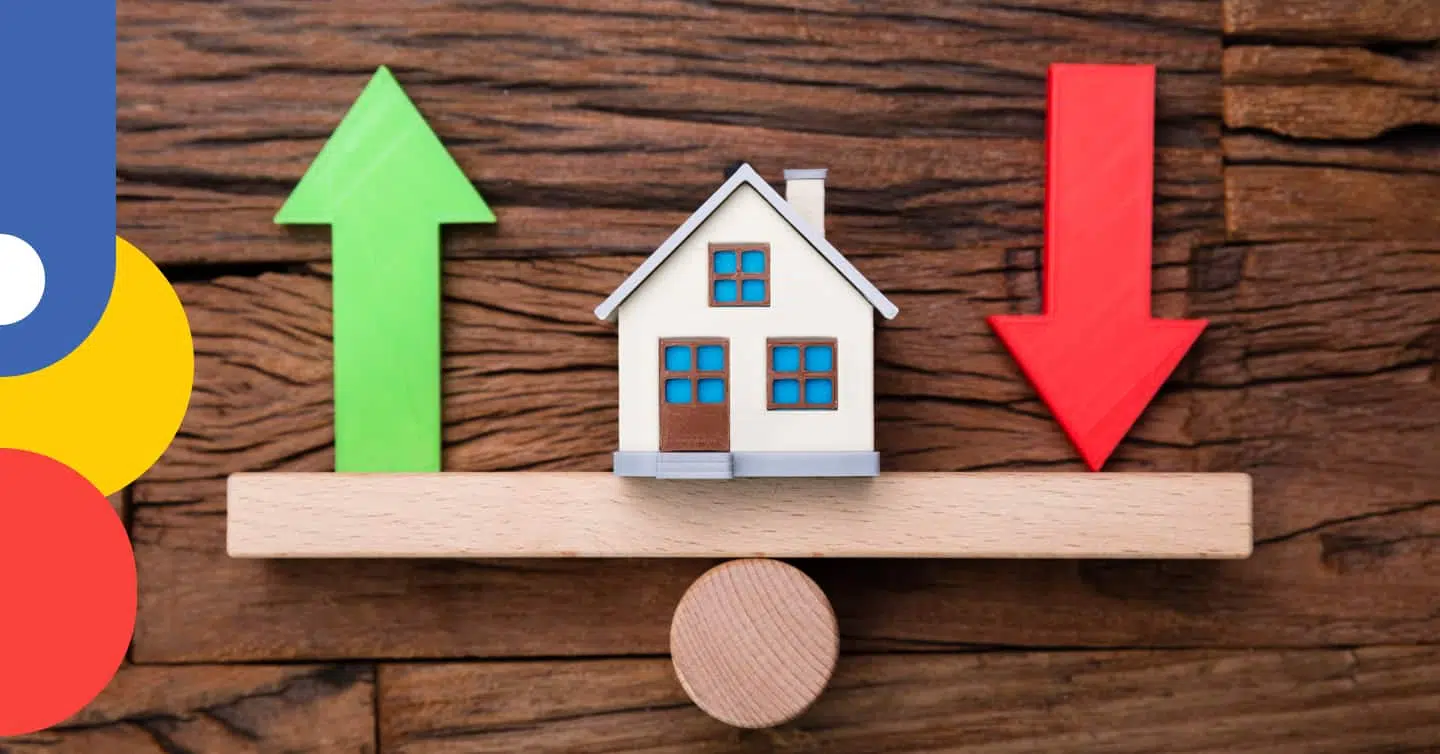How to Consolidate Debt With a Mortgage Refinance in Canada
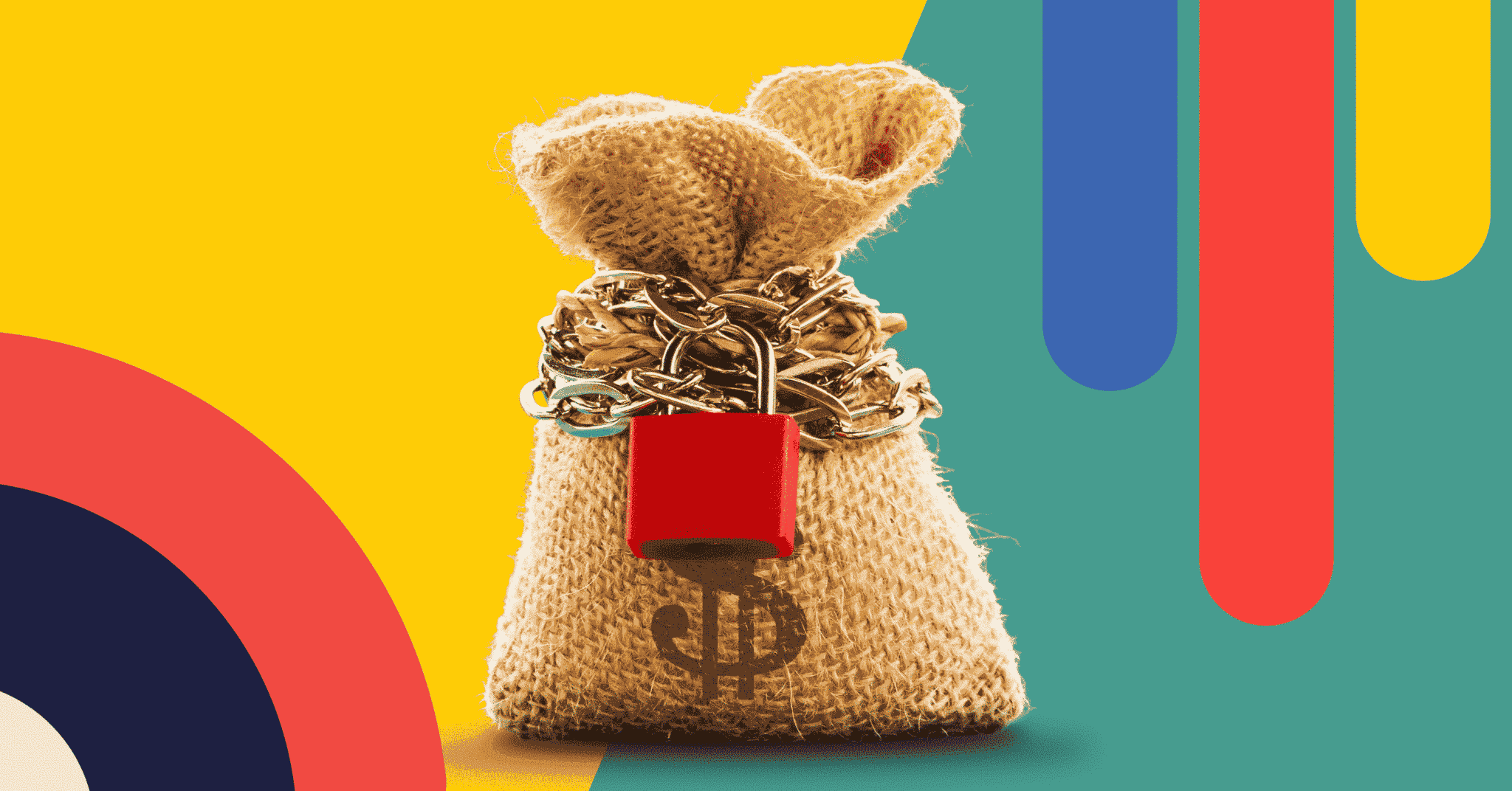
Table of contents
If you’re a homeowner, you more than likely have a mortgage you are paying down. As you make regular mortgage payments, you are building equity, which can be used to consolidate higher-interest debts into your mortgage.
Consolidating debt through a mortgage refinance can help you effectively manage high-interest debt and streamline your repayments. Refinancing to use your home equity to consolidate debts can reduce monthly payments, simplify your finances, and help you save on interest.
Key Takeaways
- Refinancing your mortgage to consolidate debt can lower monthly payments.
- You can access up to 80% of your home’s appraised value on a refinance for debt consolidation.
- Consolidating multiple debts into one lower-interest payment can improve cash flow.
What Is Debt Consolidation?
Debt consolidation allows you to combine multiple debts, such as credit card balances, personal loans, and car loans, into one single debt. This approach is beneficial for debts with high interest rates, as consolidating them into your mortgage or a home equity loan often results in a lower overall interest rate. This can make payments more affordable and help you save on interest costs.
How Does Mortgage Refinancing Work for Debt Consolidation?
Mortgage refinancing involves breaking your current mortgage and replacing it with a new one. Homeowners can use this opportunity to borrow against their home equity and pay off other outstanding debts, consolidating their debt into a single mortgage. This can make payments more affordable since refinancing and combining your high-interest debts into your mortgage often means you pay a lower interest rate.
Say, for example, you owe $40,000 in combined credit card debt, with each card having an interest rate that ranges from 12.99% to 19.99%. If you have a $300,000 mortgage balance and your property is worth $500,000, you could refinance your mortgage with an interest rate of 4.64%, roll the credit card debt into it, and end up with a mortgage of $340,000. This would leave you with no credit card debt and one mortgage payment to manage with a much lower interest rate.
Benefits of Consolidating Debt With a Mortgage Refinance
Consolidating debt through a mortgage refinance offers several advantages for homeowners carrying considerable high-interest debts.
Lower Interest Rates – Mortgage rates are generally lower than those on unsecured loans, such as credit cards or personal loans. By consolidating your debt into a mortgage refinance, you can significantly reduce the overall interest you pay.
Simplified Finances – Managing multiple debts with different payment schedules and interest rates can lead to missed or late payments. Consolidating debt simplifies this by merging it into one loan with a fixed repayment schedule.
Improved Cash Flow – Lower interest rates help reduce interest-carrying costs, allowing you to save money and potentially invest or meet other goals with your improved cash flow.
Types of Debt You Can Consolidate with a Mortgage Refinance
A mortgage refinance can help you tackle various high-interest debts that may strain your finances. You can consolidate credit card debt, personal loans, car loans, and other high-interest loans.
- Credit Card Debt: Credit cards and unsecured lines of credit typically have high interest rates, so carrying a balance and only making minimum or interest-only repayments can quickly accumulate debt. By consolidating them into your mortgage, you can secure a significantly lower interest rate, making it easier to pay off the principal.
- Personal Loans: Personal and consumer loans often come with higher interest rates than mortgages, whether for a large purchase or unexpected expenses. Rolling them into your mortgage can streamline your payments and reduce interest costs.
- Car Loans: While often necessary, car loans can carry substantial interest charges. Consolidating them into your mortgage can lower your payments and free up cash flow.
- Other High-Interest Loans: Any loan with a high interest rate, such as payday loans or store financing, can be a prime candidate for consolidation.
Understanding Home Equity for Debt Consolidation
Home equity is the difference between your home’s appraised value and the amount you owe on your mortgage. As you pay down your mortgage or your home’s value increases with time, your home equity increases, allowing you to leverage it when needed.
Homeowners can access up to 80% of their home’s appraised value when refinancing. For example, if your home is worth $500,000 and you owe $300,000 on your mortgage, you could borrow up to $100,000 for debt consolidation. If you borrowed the full $100,000 in equity available, you would be left with a mortgage of $400,000.
$500,000 x 80% = $400,000
$400,000 – $300,000 = $100,000
Mortgage Refinancing Options for Debt Consolidation
When it comes to consolidating debt through mortgage refinancing, homeowners have a few different options to consider. These options have pros and cons, so understanding how they work will help you determine which suits your unique financial situation.
Cash-Out Refinance
A cash-out refinance or equity takeout (ETO) allows homeowners to refinance their mortgage for more than they owe and receive the additional amount borrowed in cash. You can access up to 80% of the home’s appraised value minus the outstanding balance on your current mortgage. The difference between your current mortgage balance and your new mortgage is provided to you in cash, which you can use to pay off your existing debts.
For example, if your home is worth $400,000 and you owe $250,000 on your mortgage, you could refinance for up to 80% of the home value ($320,000). This allows you to access up to $70,000 through a refinance. If you have $50,000 in high-interest debts, you can do a cash-out refinance for $300,000 and use the $50,000 you receive in cash to pay off those debts.
Home Equity Line of Credit (HELOC)
A HELOC is a revolving credit line secured by your home’s equity. Homeowners can borrow up to 65% of the appraised value and only pay interest calculated on the daily balance. HELOCs are flexible, with the amount accessible to you increasing as you pay down your mortgage and can be a good alternative to credit cards.
Second Mortgage
A second mortgage allows you to borrow a lump sum against your home’s equity, separate from your first mortgage. This can be a good option if you don’t want to break your original mortgage agreement. A second mortgage can be set up as a term loan or a HELOC.
Interest rates for second mortgages are higher to compensate for the additional risk associated with this mortgage being in second position to your first mortgage. Additionally, your lender must allow a second mortgage behind their first mortgage charge.
Potential Cons of Consolidating Debt Into a Mortgage
Refinancing Costs – Refinancing comes with fees, including appraisal and legal. These can add up and negate some savings from lower interest rates.
Additional Interest Costs – If you also extend the amortization of your mortgage, you may pay more interest over the life of the loan, even if your interest rate and monthly payments are lower.
Risk of Losing Your Home – Consolidating unsecured debts into a mortgage puts your home at risk if you fail to make payments, as your home is used as collateral.
Steps to Consolidate Debt Into a Mortgage Refinance
- Calculate Your Home’s Equity – Start by determining your home’s equity. Subtract the amount you owe on your mortgage from your home’s appraised or expected valuation.
- Determine How Much Debt You Want to Consolidate – Identify which high-interest debts you want to include. Calculate the total amount to ensure it’s within the limit accessible through your home equity.
- Compare Refinancing Options – Consult with your lender or mortgage broker to explore your refinancing options and review your cost-savings benefits. Consider each option’s associated costs and pros and cons to determine which method is best for you.
- Apply for a New Mortgage – Once you’ve chosen the best option, apply for a new mortgage and use the funds to pay off your debts. In some cases, your new mortgage lender may control the payout of your debts as a condition of your approval. Review the new terms and conditions carefully before finalizing the agreement.
Alternatives to Mortgage Refinancing for Debt Consolidation
If leveraging your home equity through a refinance isn’t the right solution, there are alternatives to consolidating your debt.
- Blended Mortgage: A blend and increase will allow you to keep your original mortgage, blending your mortgage rate and increasing your balance. This will enable you to access the equity in your home without additional costs and refinancing. You may pay a higher interest rate since the new rate is blended and averaged between your existing and offered rates.
- Personal Loans: Personal loans can offer a lump sum of money that you can use to pay off high-interest debts. While interest rates may be higher than a mortgage refinance, they typically don’t require collateral.
- Debt Consolidation Loans: Specifically designed for consolidating debt, these loans may offer lower interest rates than some personal loans.
Frequently Asked Questions
What types of debt can I consolidate into my mortgage?
You can consolidate most high-interest debts into your mortgage, such as credit card balances, personal loans, and car loans.
How much equity do I need to consolidate debt into my mortgage?
Most lenders require more than 20% equity in your home to qualify for debt consolidation. You are limited to a maximum of 80% of your home equity when refinancing.
Will consolidating debt into my mortgage hurt my credit score?
Initially, refinancing may lower your credit score, as it’s treated the same as getting a new mortgage. However, over a short time, usually around 6 months, consistent, on-time payments can help increase your credit score.
Are there any risks to consolidating debt into a mortgage?
The main risk is losing your home if you fail to make mortgage payments. Before consolidating debt into your mortgage, ensure you can keep up with payments on a larger mortgage balance.
Can I use a HELOC to consolidate debt?
A HELOC can be used to consolidate debt. It allows you to borrow against your home’s equity and offers flexible repayment options.
Final Thoughts
Debt consolidation through mortgage refinancing can be a smart financial move for Canadian homeowners with high-interest debt. Using your home’s equity to consolidate debt can help you lower interest rates, reduce monthly payments, save money, and simplify your finances.
If you’re considering consolidating your debt, contact nesto’s mortgage experts. Our team of experts can help you explore your refinance options, understand the process, and find the best solution for your financial situation.
Ready to get started?
In just a few clicks, you can see our current rates. Then apply for your mortgage online in minutes!

